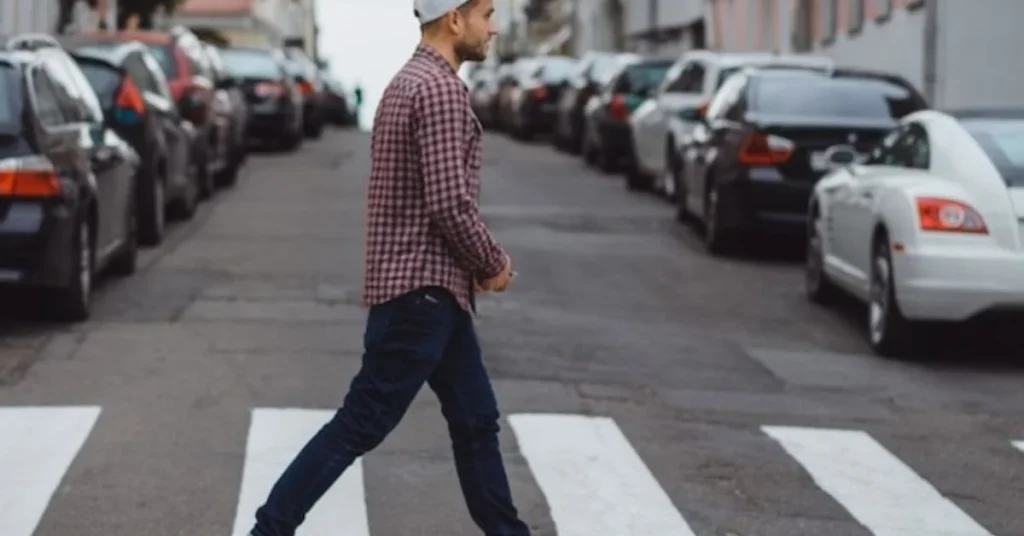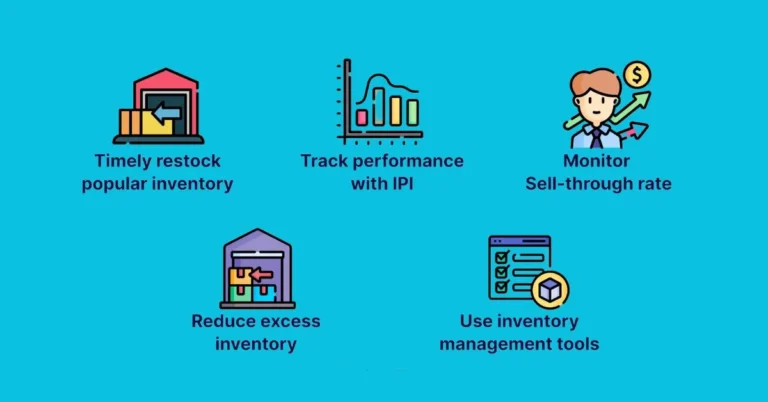Advice on Pedestrian Accident Claims That You’ll Not Hear From An Adjuster
Picture yourself crossing a street. You’re following the signals using the crosswalk, and everything feels safe. Suddenly, a car turns the corner a little too fast. In a split second, your world can turn upside down. Pedestrian accidents are harrowing experiences, and unlike passengers in a car, we have little to no protection.
The aftermath of such an accident can be overwhelming. Medical bills pile up, recovering from injuries takes time, and lost wages add to the stress. This is where insurance companies step in. But here’s the thing: their primary focus might be minimizing payouts, not necessarily ensuring you get the full compensation you deserve.
That’s where crucial advice from pedestrian accident attorneys can make all the difference. While insurance adjusters play a role, there’s valuable knowledge they might not readily share. Here are some pointers you need to know when dealing with a pedestrian accident claim.
The Power of Evidence
After a pedestrian accident, the adrenaline rush might be strong, but remember, evidence is king. The more information you can gather at the scene, the stronger your case will be. Here’s what can be immensely helpful:
- Witness Statements: People who saw the accident unfold can provide valuable insights into what happened. Don’t hesitate to ask bystanders for their contact information and a brief description of what they witnessed. Their statements can be crucial in establishing fault.
- Photographic Evidence: Take pictures of the accident scene from different angles if you can. Capture any skid marks, traffic signals, damage to the vehicle involved, and even your injuries (if possible). These visuals will help recreate the scene and provide a clear picture of what transpired.
- Medical Records: Following the accident, seeking medical attention is vital, regardless of how severe your injuries seem initially. Be sure to obtain and keep copies of all your medical records related to the accident. This documentation will prove your injuries and the connection to the accident itself.
Don’t Discuss Fault at the Scene
The immediate aftermath of an accident is stressful and confusing. You might be tempted to apologize or explain what happened in the rush of emotions. However, it’s crucial to resist this urge.
Saying something like “I’m so sorry” or “It was partly my fault” can be misconstrued as admitting blame. Insurance adjusters might use these statements against you later to downplay the accident’s severity or even deny your claim entirely.
Instead, focus on what’s most important: your health. Check yourself for injuries and call for medical attention if needed. Stick to the facts of the accident, such as when and where it happened, and exchange basic information with the driver involved. Remember, seeking medical attention should be your top priority.
Understanding Your Rights and Damages
Pedestrian accidents can result in a significant financial burden. The good news is that you might be entitled to compensation for various damages, depending on the severity of your injuries and the specific laws in your state. Here’s a breakdown of some common types of damages:
- Medical Expenses: This covers all costs associated with your accident-related medical care, including ambulance rides, doctor visits, hospital stays, medications, and physical therapy.
- Lost Wages: If you’re unable to work due to your injuries, you may be compensated for lost income.
- Pain and Suffering: This covers the physical and emotional distress caused by the accident.
Understanding the specific laws in your state regarding pedestrian accidents is important. Some states follow “comparative negligence” laws, which means the compensation you receive might be reduced if you’re found to be partially at fault for the accident. The percentage of fault you share will determine the amount you can recover. For instance, if you’re found 20% at fault, your compensation might be reduced by 20%.
Understanding your rights and the types of damages you can claim is crucial. This knowledge empowers you to have informed conversations with insurance companies and potentially seek legal guidance if needed.
Don’t Rush the Settlement Process

After an accident, the insurance company might offer you a settlement relatively quickly. Accepting the money and moving on is tempting, especially when bills pile up. However, resisting the urge to rush the settlement process is important.
The insurance company’s initial offer is likely to be low. They might not have a complete picture of your injuries yet, and the full extent of the medical costs may not be immediately apparent. You might also require future medical care related to the accident, which wouldn’t be factored into a quick settlement.
Taking your time allows for a more thorough assessment of your situation. This ensures the settlement offer reflects not just the immediate costs but also potential future needs arising from the accident. Remember, you only get one shot at a settlement, so it’s crucial to get it right.
Considering Legal Representation
Pedestrian accident cases can be complex, especially when dealing with insurance companies and navigating intricate legal matters. It can be wise to consult with a personal injury lawyer specializing in pedestrian accidents.
These lawyers possess in-depth knowledge of personal injury laws and the specific challenges faced in pedestrian accident claims. They can expertly handle communication with the insurance company, ensuring you receive fair treatment throughout the process.
More importantly, a skilled lawyer will fight tirelessly to secure the maximum compensation you deserve for your injuries and damages. While you focus on healing and recovering, your lawyer can handle the legal aspects of your case, giving you peace of mind.







